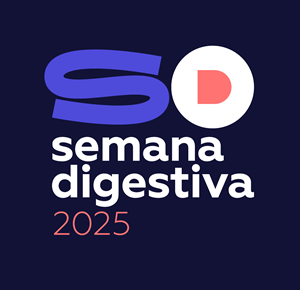Methods: Multicentre retrospective cohort study including consecutive patients submitted to APC between November/2019 and February/2021. Antithrombotic therapy was managed as a high-risk procedure. Clinically significant post-procedure bleeding: haemoglobin value fall >2g/dL, blood transfusion or unplanned hospital admission.Results: Included 142 procedures in 120 patients [male:67 (67.8%); median age: 76 (68-80) years]. The main indications for APC were gastric angiodysplasias (45%) and radiation proctopathy (37%) and median power used was 35 (30-40) watts. A total of 34% of patients were under antithrombotic therapy (antiplatelet agents- 16%; anticoagulants- 18%). Post-APC bleeding was reported in 5 procedures (3.5%). Bleeding was clinically significant in 3 of the 5 cases and was successfully treated in all events with clips with or without adrenaline. In multivariate analysis, risk factors for post-APC bleeding were anticoagulant therapy (OR: 3.5; 95% CI: 1.1-30) and power <20 watts (OR: 12; 95% CI: 1.1-99). Antiplatelet agents use was not associated with post-APC bleeding (P=0.172).Conclusion: Post-APC bleeding was reported in 3.5% of cases, being higher for patients under anticoagulant therapy and lower APC power. Our results favour APC classification as a high procedure risk for bleeding.

 Semana Digestiva 2025 | Todos os direitos reservados
Semana Digestiva 2025 | Todos os direitos reservados